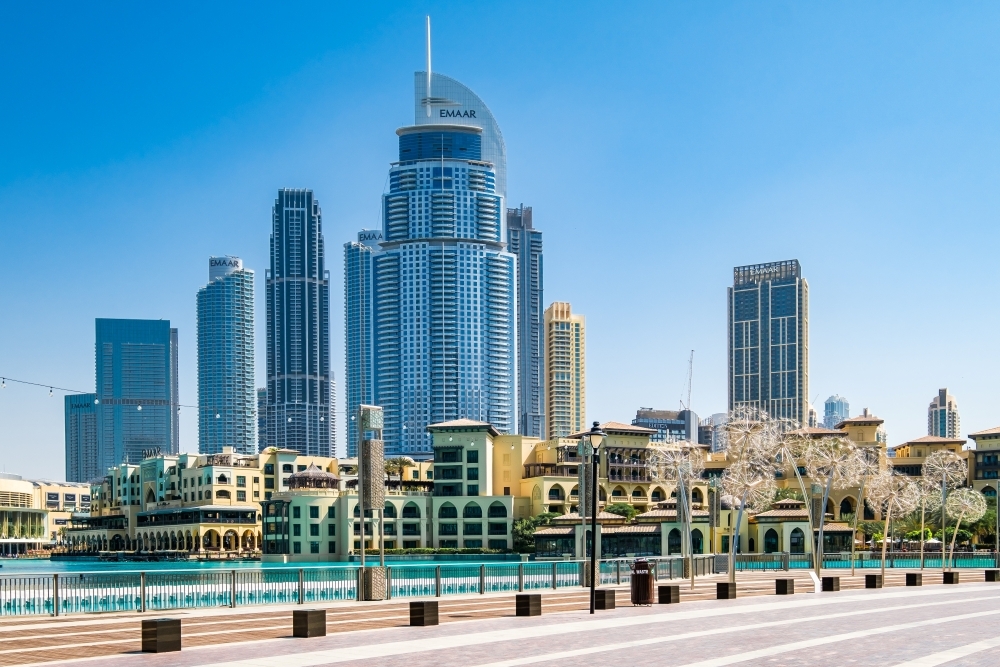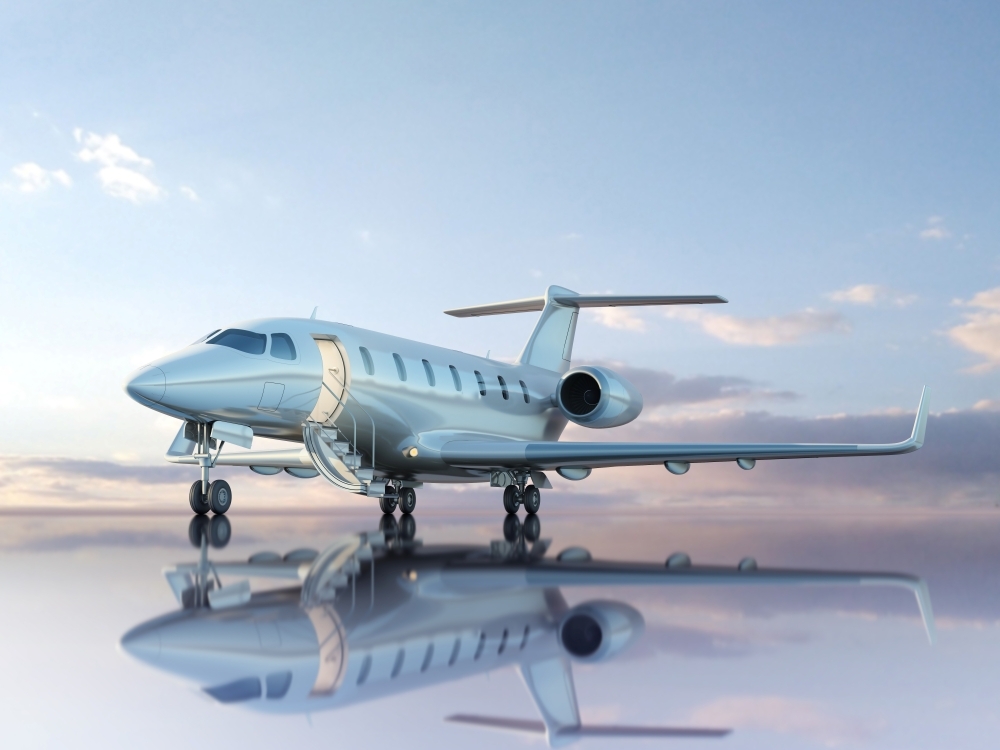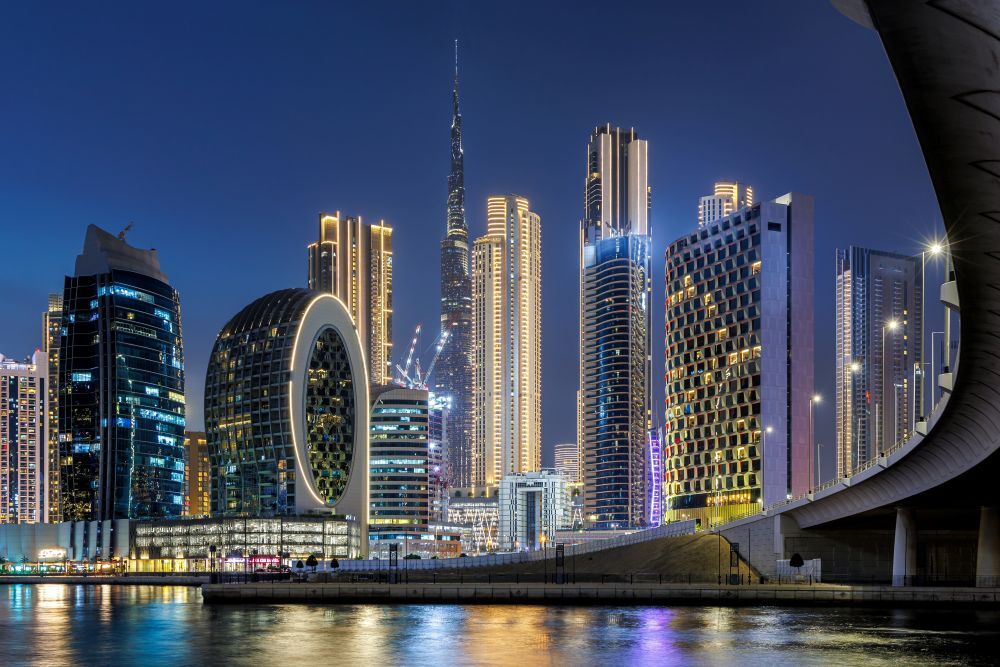Ciel Dubai Marina and the World’s Tallest Hotels
When it comes to altitude, there’s one city that does it best: Dubai. From the towers of DIFC to the vertiginous heights of Dubai Marina, the skyline is home to seven of the world’s ten tallest hotels, welcoming millions of visitors every year. In November, the top spot will be claimed by a new arrival on the Marina waterfront – the long-awaited Ciel Tower. Rising 365 metres (or 377 metres to its architectural tip), Ciel Dubai Marina will overtake the Gevora Hotel to become the tallest hotel in the world.
Designed by NORR and developed by The First Group, it will be managed by InterContinental Hotels Group, which confirmed last week that bookings are now open ahead of the launch on 15 November 2025. The 82-storey tower will add more than 1,000 guestrooms and suites to Dubai’s supply, alongside a rooftop infinity pool and a panoramic glass observation deck with sweeping views across Palm Jumeirah, Bluewaters, and the Gulf. As the Ciel prepares to take its place at the top, here’s a look inside some of the world’s tallest hotels in 2025.

Gevora Hotel, Dubai
The Gevora Hotel has held its spot as the world’s tallest hotel for seven years, rising 356 metres above Sheikh Zayed Road. The tower was developed by the Al Attar Group and opened in 2018 after a lengthy 12 years under construction. Gevora was originally designed as an office tower before being converted into a hotel mid-construction – a decision that influenced both its form and internal configuration.
Instantly recognisable, the hotel is clad in reflective gold aluminium panels and is capped by a spire that pushes it just one metre beyond the neighbouring JW Marriott Marquis. It has 528 rooms and suites, four dining venues, a health club and spa, and a rooftop pool with skyline views stretching from Downtown Dubai right across to the sea. Its construction cost a reported AED 500 million.
JW Marriott Marquis
Next door to the Gevora on Sheikh Zayed Road is the JW Marriott Marquis. This soaring 355 metre hotel unfolds over two 72-storey towers and was originally designed to serve delegates for the IMF and World Bank meetings in Dubai. Its architecture is inspired by the trunk of a date palm, with a stepped, tapering form.
Together, the towers contain over 1,600 rooms and suites, making it one of the largest five-star hotels in the world by both capacity and height. Amenities include 14 restaurants and bars, an award-winning spa, a sky lobby, and more than 8,000 square metres of event space. While many of the world’s tallest hotels combine residential or office use, JW Marriott Marquis is purely hospitality-focused – a full-service, vertical resort designed to operate at scale. It was developed by Emirates Group at a cost of AED 1.8 billion, and opened in phases between 2012 and 2013.
Shimao International Plaza
Shimao International Plaza was one of the defining skyscrapers of Shanghai’s 2000s building boom. Completed in 2006, this 333-metre tower rises over People’s Square at the intersection of Nanjing Road, placing it in the heart of Shanghai’s cultural and retail centre. Unlike the JW Marriott Marquis in Dubai, Shimao is mixed-use, with offices, dining, and retail occupying the lower levels. The upper third of the building is dedicated to the JW Marriott.
Architecturally, the structure has an angular glass form with a pointed crown – a distinctly postmodern silhouette that echoes the ambitions of early 21st-century China. Rooms begin high above street level, offering expansive views across People’s Park and the dense sprawl of central Shanghai.
Rose Rayhaan by Rotana
In Dubai, the same 333-metre figure belongs to the Rose Rayhaan by Rotana. This 72-storey tower briefly held the title of the world’s tallest hotel before being overtaken by JW Marriott Marquis. It stands out on the Sheikh Zayed Road skyline with its embellished blue glass façade and unique rose-like spire (hence its name). Rose Rayhaan is one of Dubai’s more conservative hotels: run by the Rotana Group, it operates as an alcohol-free property and caters largely to regional and business travellers. It opened in 2009 and has 462 rooms, two restaurants, and a popular 24-hour coffee shop.
Burj Al Arab
Few hotels capture the ambition of late-1990s Dubai like the Burj Al Arab. Rising 321 metres from its own artificial island off Jumeirah Beach, it was built at a cost of AED 3.67 billion and immediately set a new benchmark for destination architecture. Designed by Tom Wright of WKK Architects for Jumeirah Group, its iconic sail-shaped silhouette can be spotted for miles along the coast.
Often described as the world’s first ‘seven-star’ hotel, the Burj Al Arab has 202 duplex suites with opulent interiors draped in marble and gold leaf. The hotel atrium soars a remarkable 180 metres – one of the tallest in the world – and the Skyview Bar on the 27th floor offers some of the best sea views in the city. Though newer towers have since overtaken it in height, this hotel remains a giant both in size and personality.
Jumeirah Emirates Towers Hotel
Long before the towers of Downtown Dubai and DIFC rose, Jumeirah Emirates Towers was the de facto commercial core of the city. Rising to 309 metres, the 56-storey hotel stands beside a taller office building, forming an elegant twin-tower structure. The two buildings are linked at the base by the Emirates Towers Boulevard – a podium of boutiques, restaurants, and public spaces that predates Dubai’s later wave of record-breaking malls. Designed by Hazel Wong of NORR, their sharp triangular forms gave the skyline a modernist clarity that still feels contemporary and cutting-edge today. It first opened its doors in 2000.
Baiyoke Tower II (Baiyoke Sky Hotel)
At 309 metres, Baiyoke Tower II has shaped Bangkok’s skyline since its completion in 1997. This imposing 88-storey building was the tallest in Southeast Asia at the time and briefly held the record as the world’s tallest hotel. It was conceived primarily as a tourism landmark, rising above the busy Pratunam district. A contrast to the likes of Jumeirah Emirates Towers, its upper levels are given over to spectacle rather than business, with a revolving observation deck, rooftop bar, and busy panoramic Sky Walk. Hotel rooms begin on the mid-levels, framing incredible views over Bangkok’s famously dense street grid. Completed at a cost of approximately AED 391 million, it remains one of the most recognisable buildings in the Thai capital.



